Your Favorite Mug Looks Dingy? Here’s How to Get Rid of Those Ugly Stains for Good
I used to work in a super busy café where the soundtrack to my life was the constant hiss of an espresso machine and the clatter of ceramic mugs. We’d sling hundreds of coffees and teas before the lunch rush even started. My job, besides being a halfway decent barista, was keeping everything sparkling clean. And that’s where I learned a tough lesson: coffee and tea are relentless. They stain everything, especially our most beloved mugs.
In this article
You know the drill. You finish your drink, give the mug a quick rinse, and think you’re good. But slowly, over weeks or months, that gross brownish film builds up inside. It’s frustrating and makes a perfectly clean cup look perpetually dirty. This isn’t just a list of random cleaning hacks; this is the pro-level guide to understanding why your mugs stain and how to restore them safely.
First, Let’s Get Everything You Might Need
Before we dive in, here’s a quick shopping list. You probably have most of this stuff already. It’s all about using the right tool for the job.
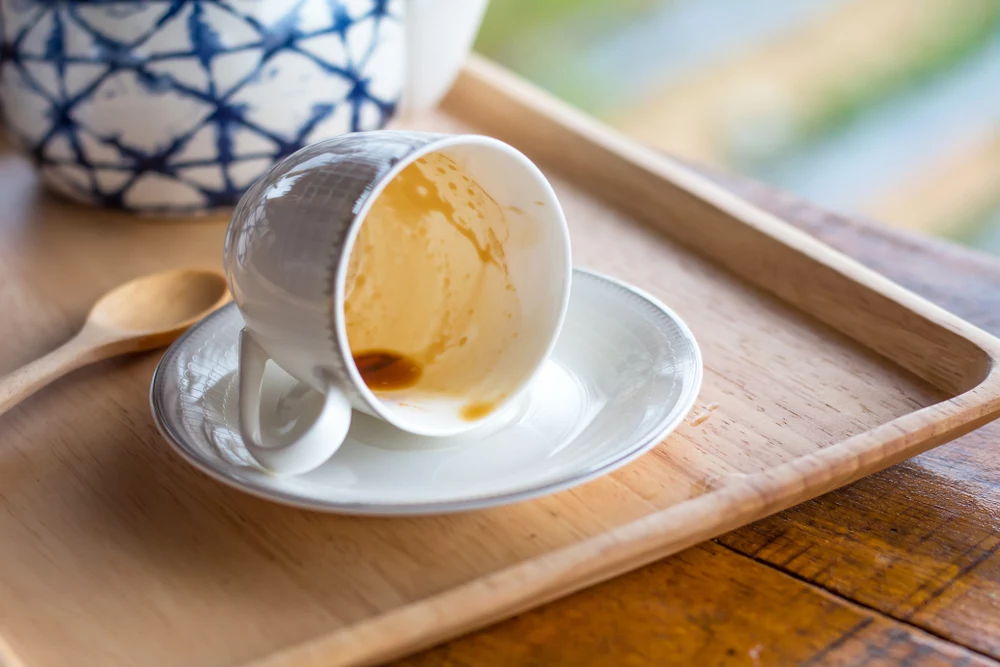
- Good Dish Soap: Any brand with degreasing power will do.
- Baking Soda: A household hero. A box will cost you about a dollar and last forever.
- White Vinegar: Another kitchen staple, usually just a couple of bucks for a big jug.
- Table Salt: Plain old iodized salt is perfect.
- Oxygen Bleach: This is the secret weapon. Look for brands like OxiClean or Nellie’s Oxygen Brightener in the laundry aisle at Target or Walmart. A box typically runs between $8 and $12 and is useful for so much more than just mugs.
- Denture Cleaning Tablets: Oh yeah, you read that right. They’re a fantastic, portion-controlled alternative to oxygen bleach. A box of these is usually under $10 at any pharmacy.
So, Why Do Mugs Stain in the First Place?
To really beat the stain, you have to know your enemy. Coffee and tea stains aren’t just surface gunk; they’re the result of a little chemistry experiment happening in your cup every morning.
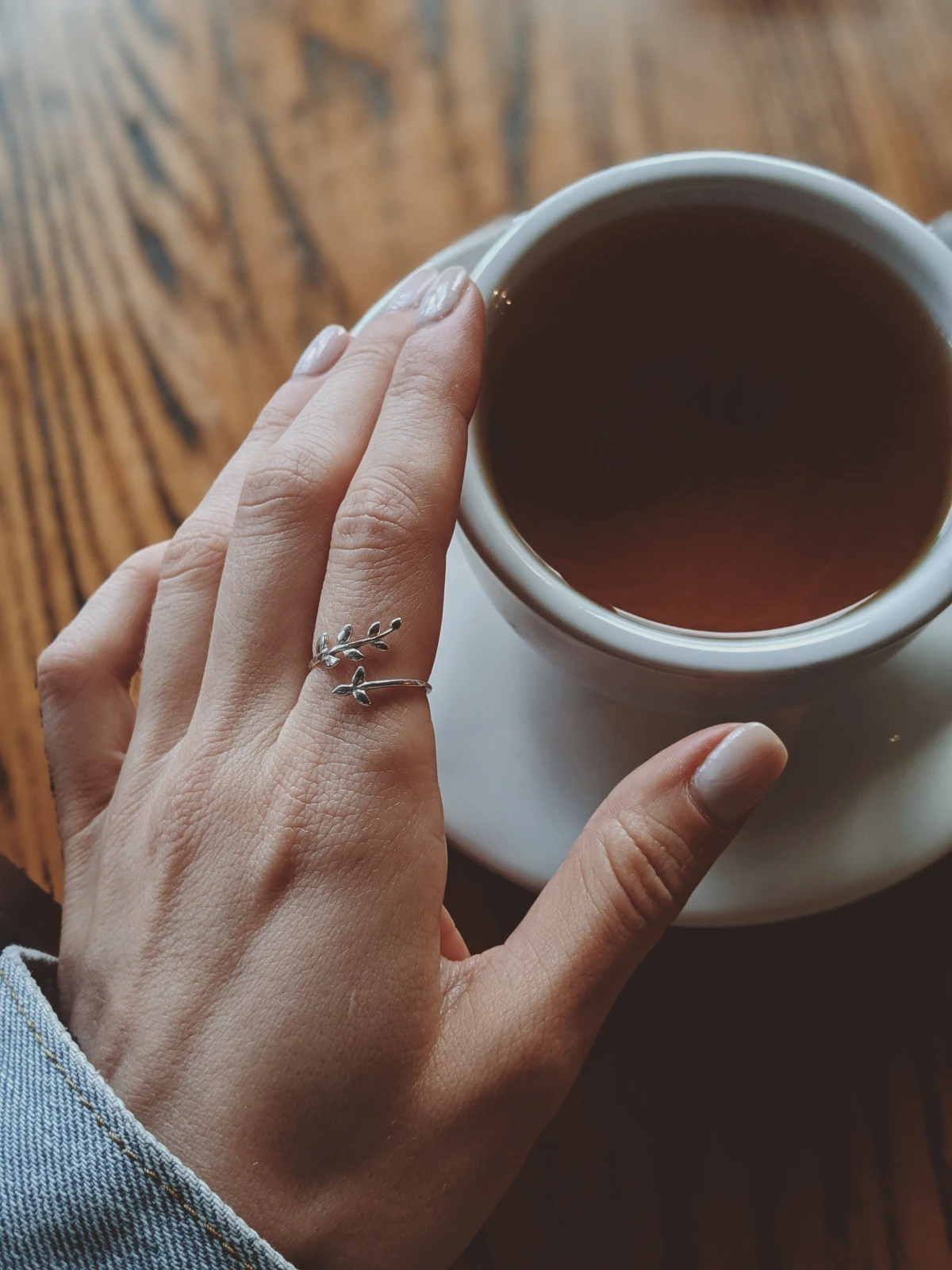
The main culprits are natural compounds called tannins. They’re what give strong tea and coffee that slightly bitter, astringent kick. Tannins are chemically sticky—they love to latch onto surfaces. And even the smoothest-looking mug has microscopic pits and pores in its glaze. When you pour in a hot drink, the mug expands slightly, opening those pores. The tannins seep in, and as the mug cools, the pores shrink, trapping them inside. Each cup adds another thin layer, and eventually, they build up into that stubborn brown film.
By the way, the material of your mug matters a lot. Super smooth porcelain is naturally resistant because it’s less porous. Most everyday stoneware mugs are a bit more porous, so they stain easier. And if you have an unglazed or crackled-glaze mug? That’s basically a stain magnet.
Heads up: If you have hard water, your job is even tougher. Mineral deposits from the water create a rough, scaly surface inside your mug that gives tannins even more to grab onto. It’s a double whammy.
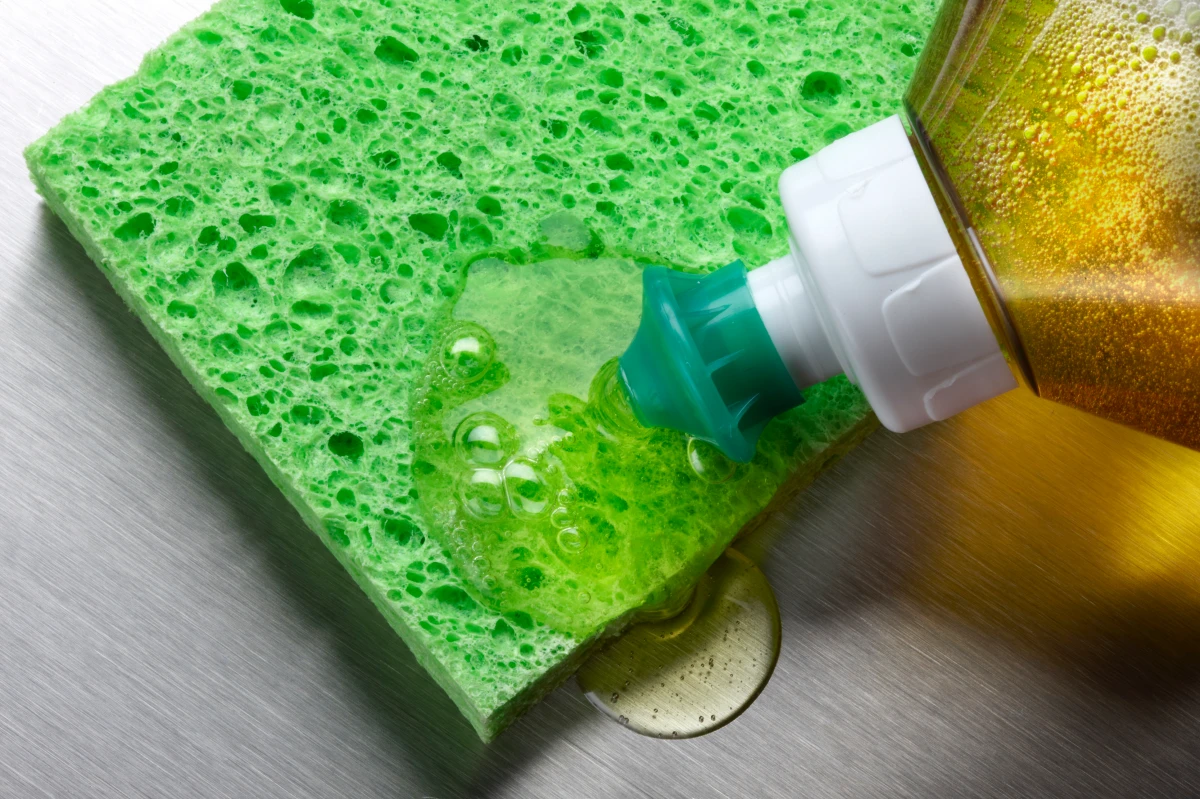
The Best Defense: Stop Stains Before They Start
In any professional kitchen, prevention is everything. It saves a ton of time and elbow grease down the line. The same logic applies to your mugs at home.
The single most powerful habit you can build is rinsing your mug with hot water the second you finish your drink. Don’t let it sit on your desk for three hours. This five-second step washes away most of the tannins before they have a chance to set. Seriously, this prevents about 90% of staining issues.
A lesser-known trick I used to teach new hires involves your spoon. Constantly stirring with a metal spoon can, over many years, create tiny micro-scratches in the glaze. Each little scratch is a new hiding spot for stains. It’s a small thing, but if you cherish a specific mug, maybe try swirling your cup or using a wooden stirrer instead.
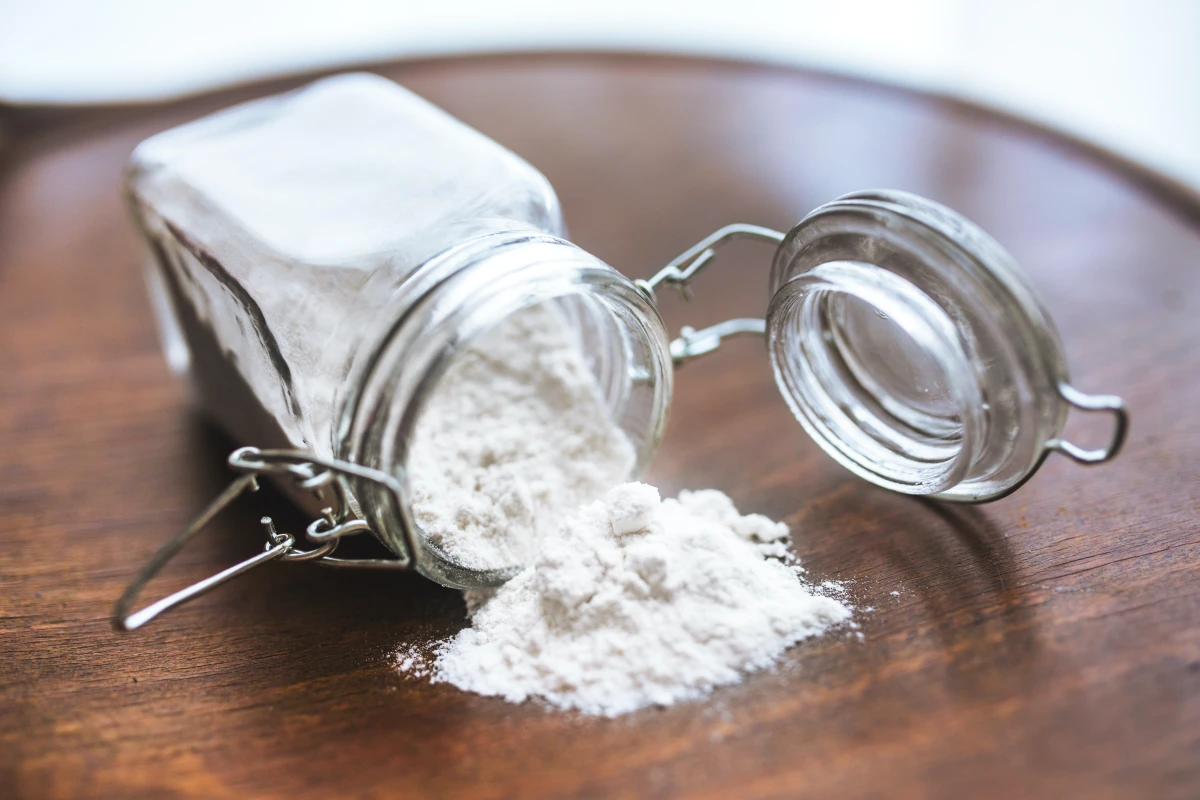
Gentle Cleaning for Light, Everyday Stains
Okay, so you’ve got some light discoloration. Let’s start with the gentle-but-effective methods first. These are safe for almost any mug and are usually all you need for regular maintenance.
Method 1: The Pro-Level Hot Soap Soak
This is more than a quick wash. Fill your mug with hot tap water (not boiling, which can crack delicate ceramic) and a good squirt of dish soap. Let it soak for a solid 20-30 minutes. This gives the soap time to penetrate and loosen the fresh stain. Afterward, dump the water and scrub with a soft sponge—NEVER use the green scratchy part or steel wool, as they will permanently damage the glaze. A quick rinse and you’re done.
Method 2: The Magic Baking Soda Paste
This is my personal go-to for most stains. It’s incredibly effective, cheap, and totally food-safe. Baking soda is a very mild abrasive, meaning it can scrub away the stain without scratching the harder glaze.
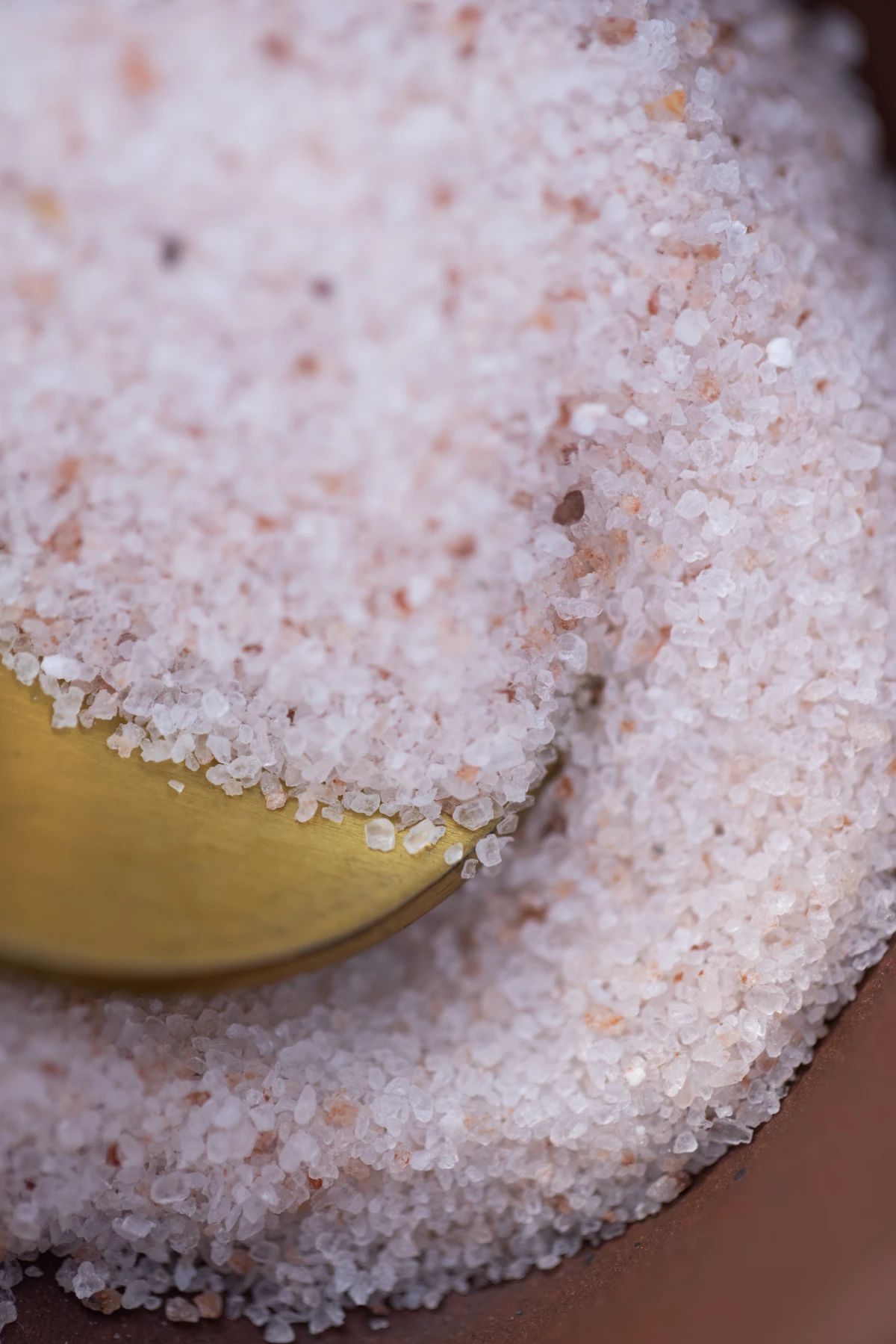
Here’s how you do it: Put about a tablespoon of baking soda in the bottom of the damp mug. Add just a few drops of water to create a thick paste, something like the consistency of wet sand. Scoop up the paste with a damp cloth or sponge and scrub the stained areas in a firm, circular motion. You’ll feel the grit doing the work. The stains should lift away pretty easily. Rinse thoroughly to get rid of any residue.
Heavy-Hitters for Old, Stubborn Stains
Sometimes, a stain has been there for a while and the gentle stuff just won’t work. Time to bring out the bigger guns. These methods are more powerful, so be a little more careful, especially with decorated mugs.
Method 3: The Salt and Vinegar Slurry
This is an old-school technique that’s great if you suspect hard water is part of your problem. The vinegar’s acid helps dissolve mineral deposits, while the salt acts as a fantastic scouring agent.
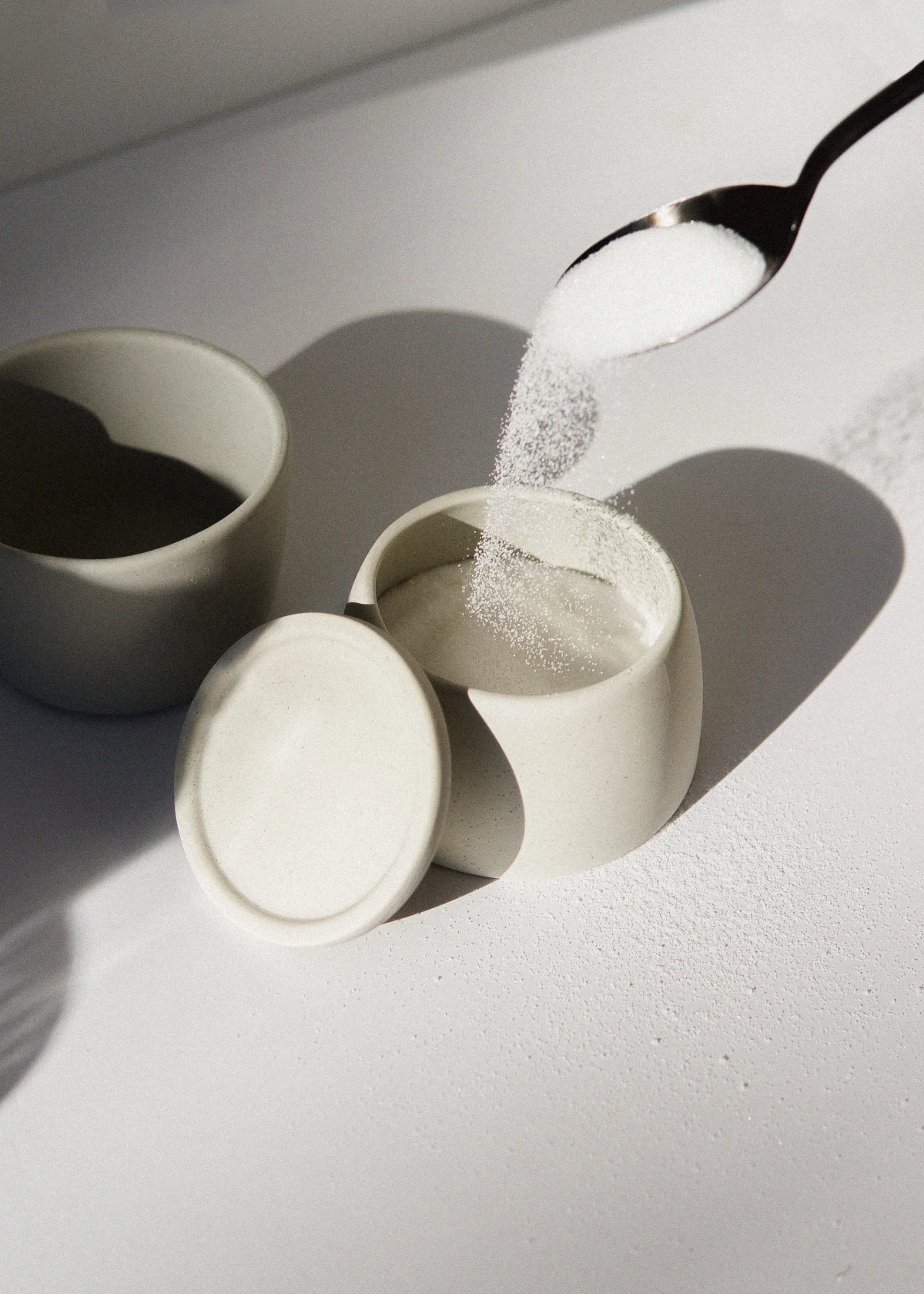
Here’s the recipe: In a small bowl, mix about 1 tablespoon of table salt with 2 tablespoons of white vinegar to create a slushy paste. Pour it into the mug and use a cloth to scrub the stains. Let the slurry sit for about 10-15 minutes to let the acid do its thing, then give it a final scrub before rinsing well.
CRITICAL WARNING: Never, ever use an acidic cleaner like vinegar on mugs with gold, silver, or platinum trim. The acid will literally dissolve the metallic finish and ruin it. I learned that the hard way on a customer’s beautiful vintage teacup once. Not a fun day.
Method 4: The Oxygen Bleach “Reset” Soak
When we had a whole rack of badly stained mugs at the café, this was our ultimate weapon. And no, this is NOT the same as harsh chlorine bleach. Oxygen bleach is a powder (sodium percarbonate) that, when mixed with hot water, releases hydrogen peroxide to break down organic stains. It’s much safer for your mugs and the environment.
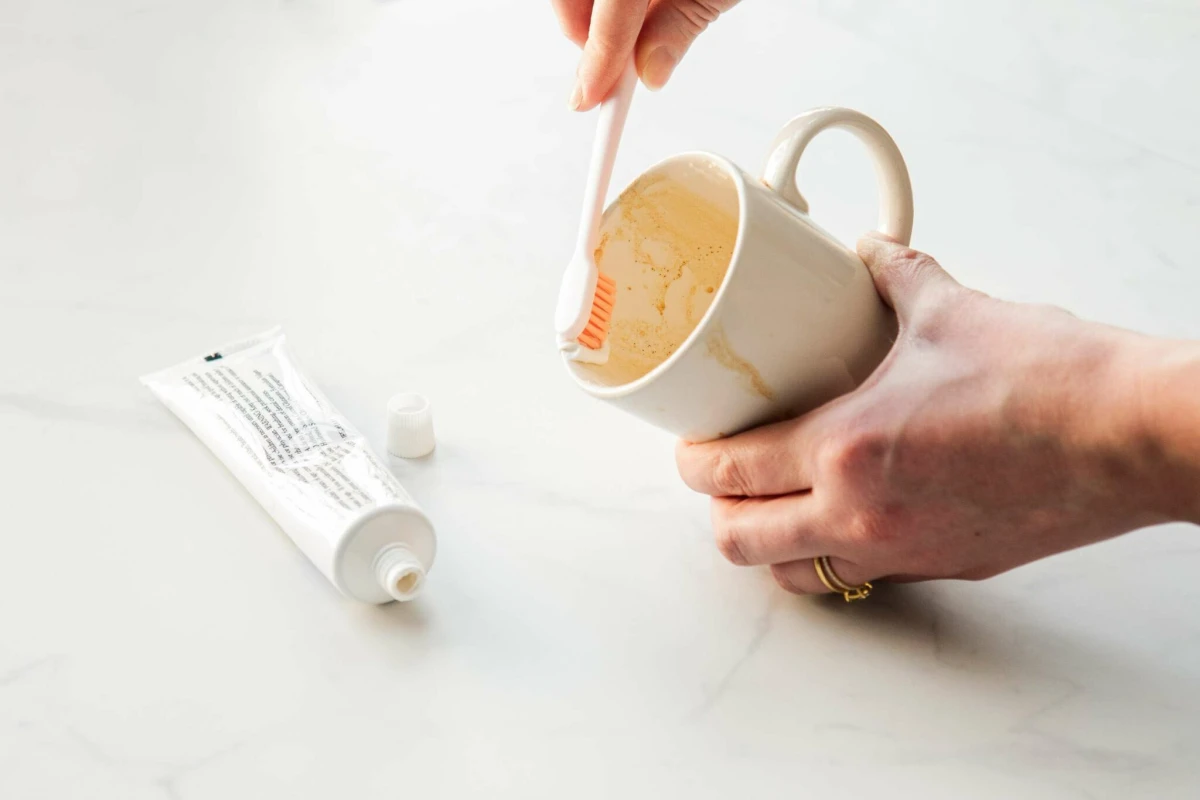
Just place your mug in the sink, put a teaspoon of oxygen bleach powder (like OxiClean) in it, and carefully fill it with very hot water. It will fizz up. Let it soak for at least an hour, or even overnight for really disastrous stains. The stains will often just dissolve away, no scrubbing needed. A quick tip for an easier version: pop a denture cleaning tablet into the mug and fill it with water. They work on the same principle and are perfectly portioned for a single cup!
Don’t worry, it’s completely safe. Once you pour out the solution and give the mug a thorough rinse with hot, soapy water, it’s perfectly food-safe. Oxygen bleach breaks down into simple, harmless components. This soak also works wonders on stains on the outside or bottom of the mug—just make sure the whole stained area is submerged in the solution.
Making It a Routine
So, how often should you do all this? Honestly, for your daily-driver mug, a quick baking soda scrub once a week will keep it looking brand new. For a deep clean or to tackle a stain you’ve ignored, use the oxygen bleach soak maybe once a season.
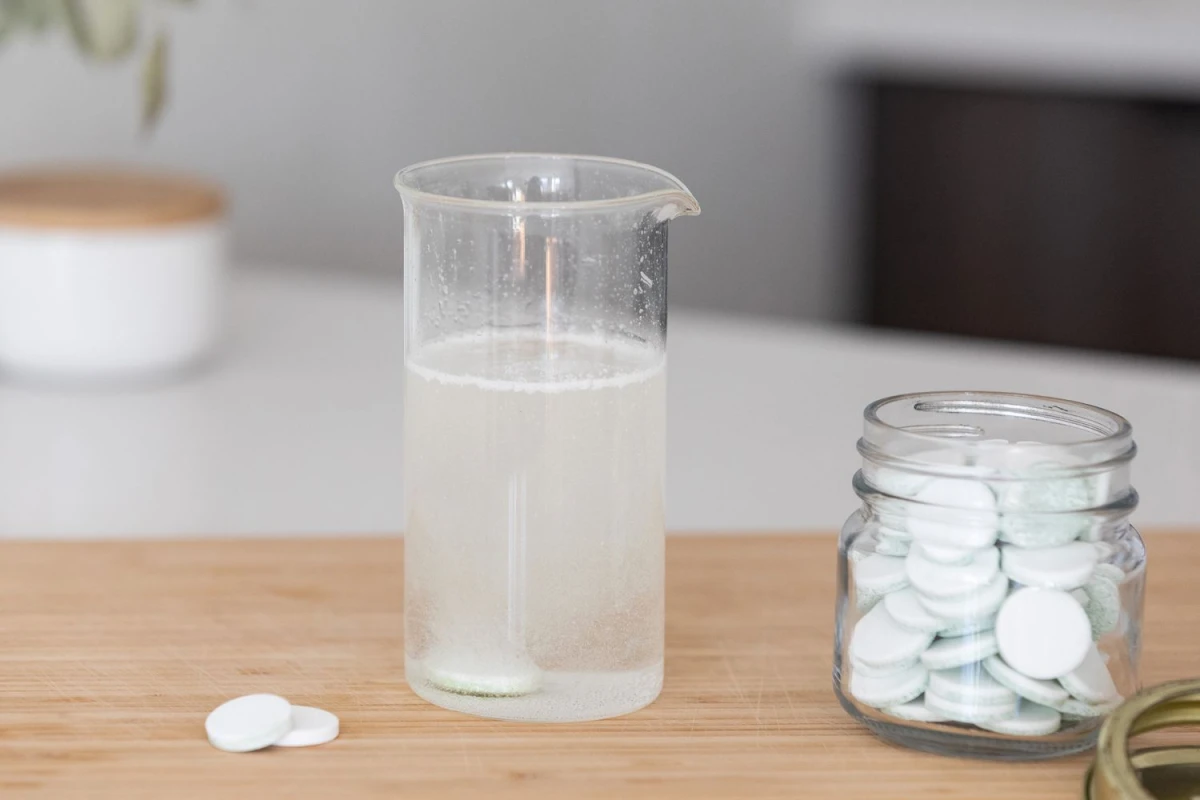
Why not give it a try? Take a picture of your most tragically stained mug right now. Pick a method, give it a shot, and see the difference for yourself. It’s pretty satisfying to bring a favorite piece of ceramic back from the brink.
Inspiration:
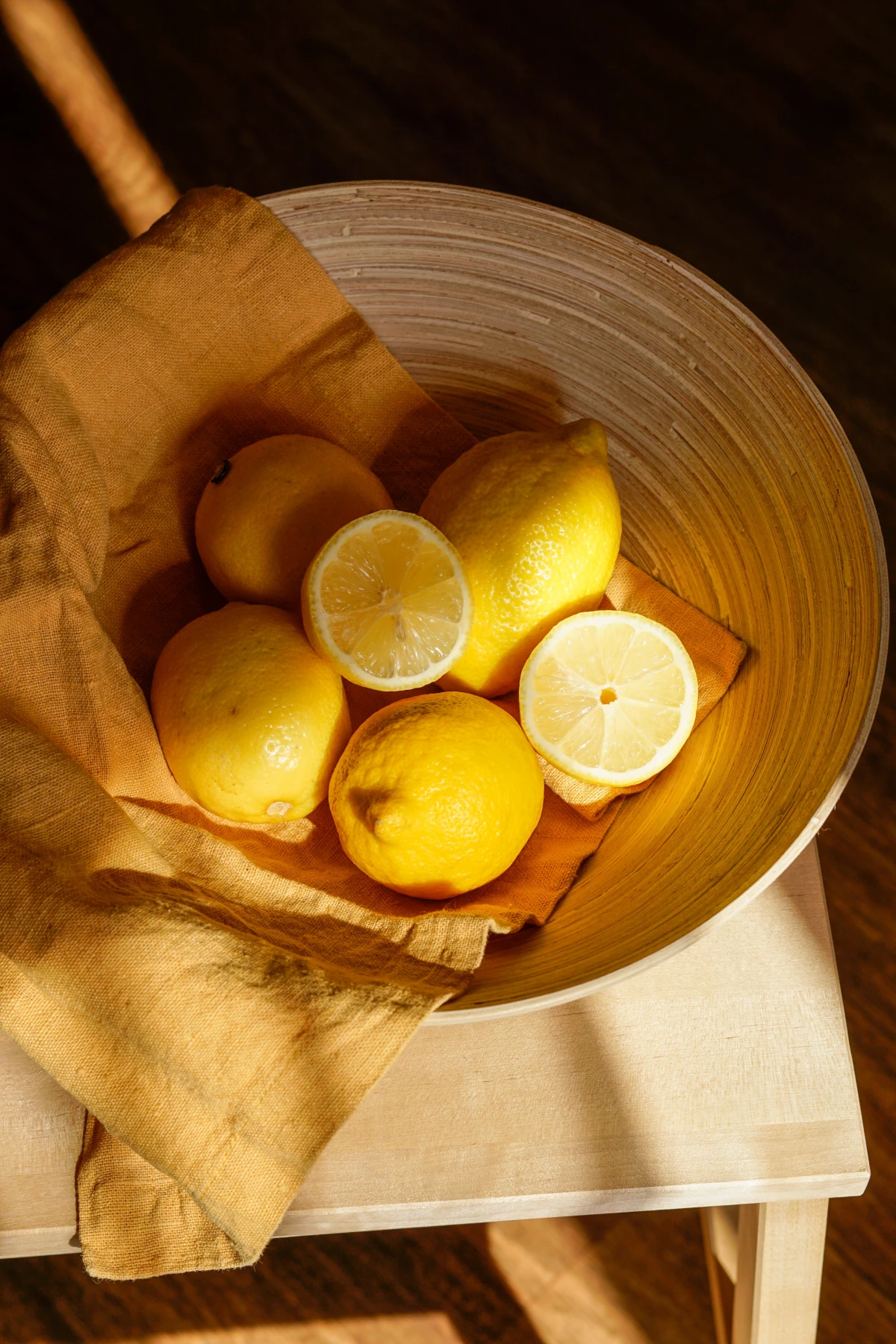
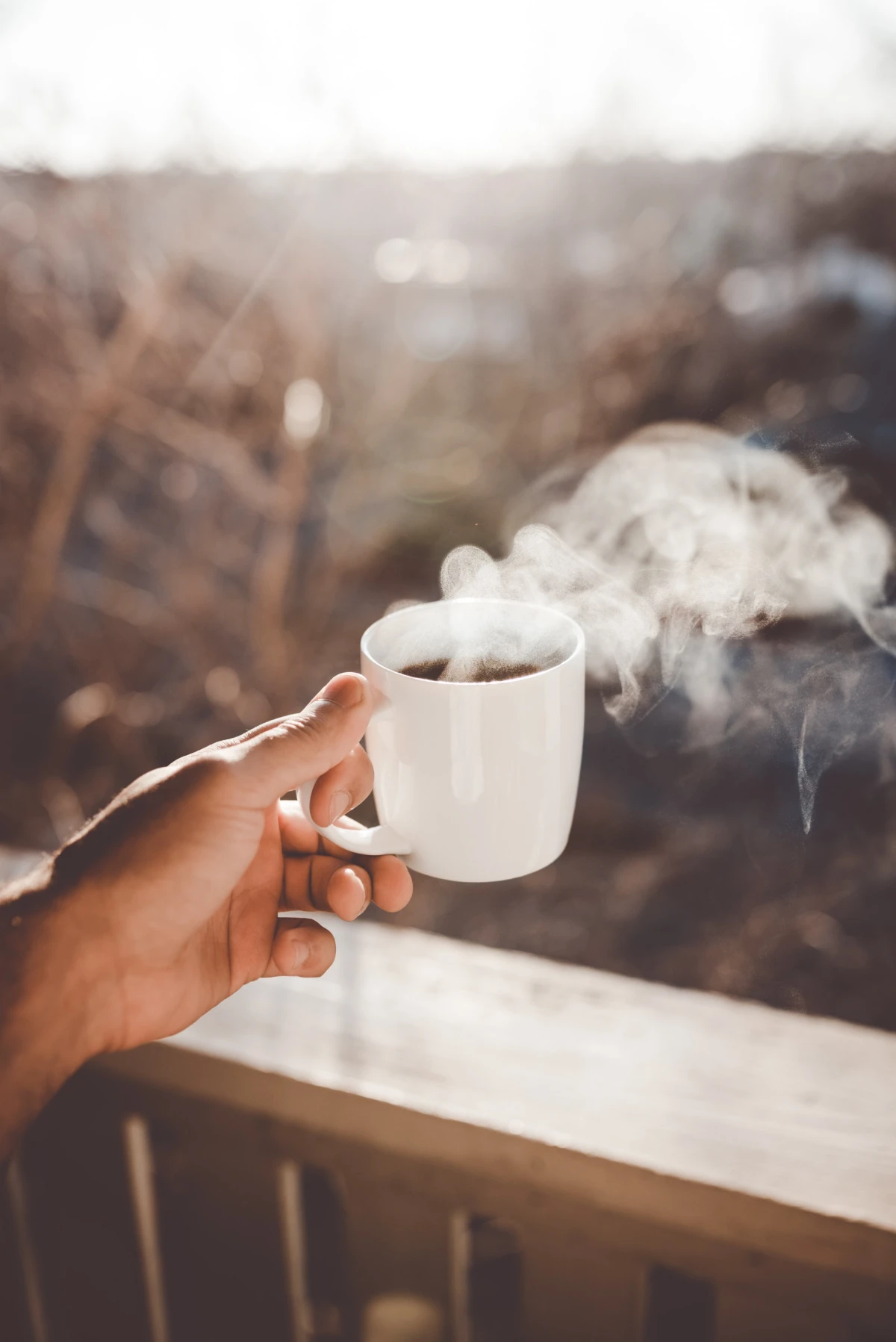
Does the type of mug I use actually make a difference?
Absolutely. The material and its glaze are your first line of defense. Denser, non-porous materials are naturally more resistant to stains. Borosilicate glass mugs, for example, offer no place for tannins to hide. High-fired porcelain, used by brands like Villeroy & Boch, has a very hard, smooth surface that cleans easily. In contrast, more porous earthenware or stoneware with a soft, matte, or intentionally crackled ‘crazing’ glaze will grab onto coffee and tea pigments much more readily, requiring more frequent deep cleans.
Did you know? The bitterness in coffee and tea comes from tannins, the very same compounds that are used to tan leather and make ink.
This chemical property is precisely why the stains are so stubborn. Tannins are designed to bind to proteins and other molecules, and the slightly porous surface of a ceramic glaze is an ideal target. It’s not just a surface film; it’s a chemical bond that needs to be broken, which is why simple soap and water often isn’t enough to lift away set-in stains.










